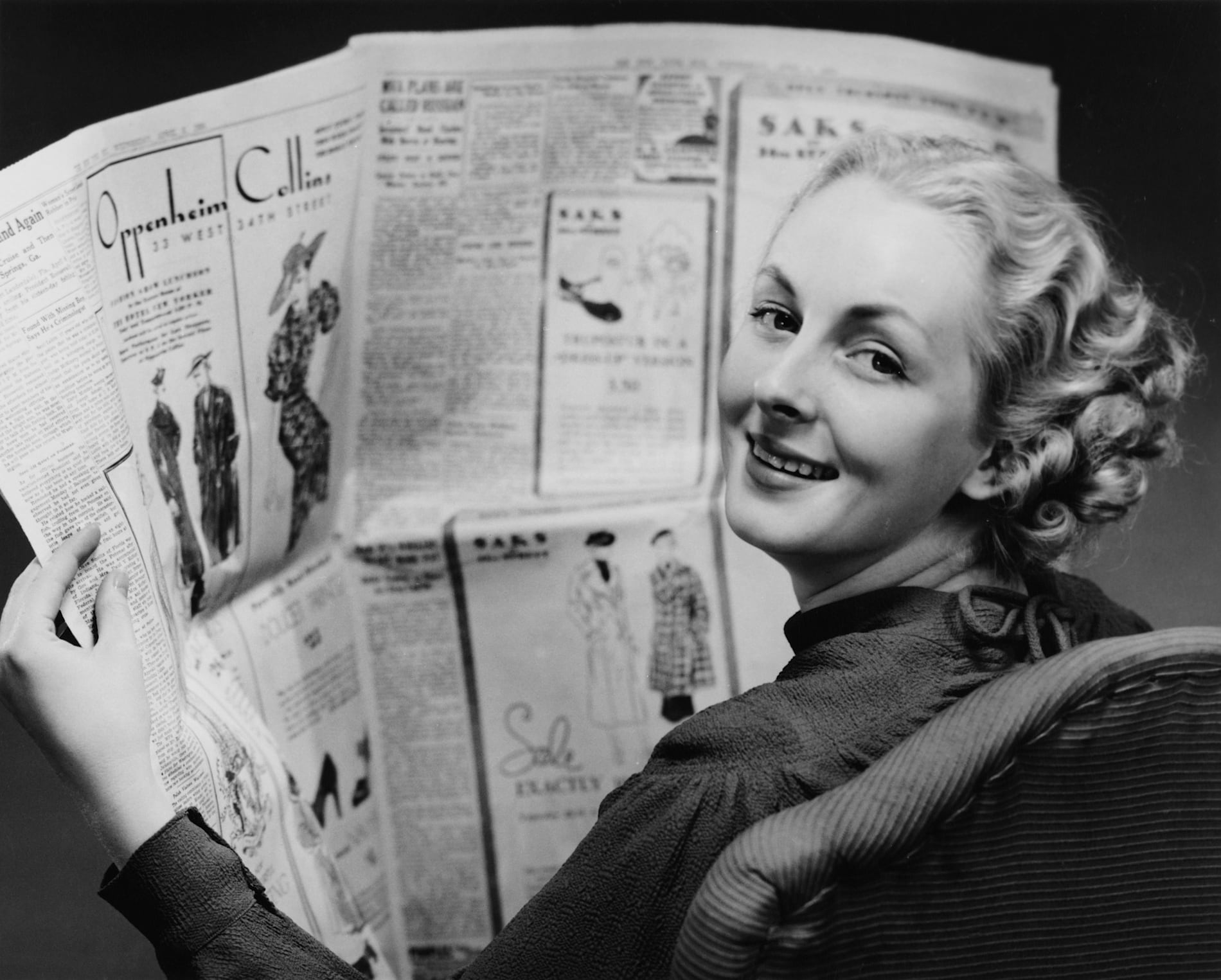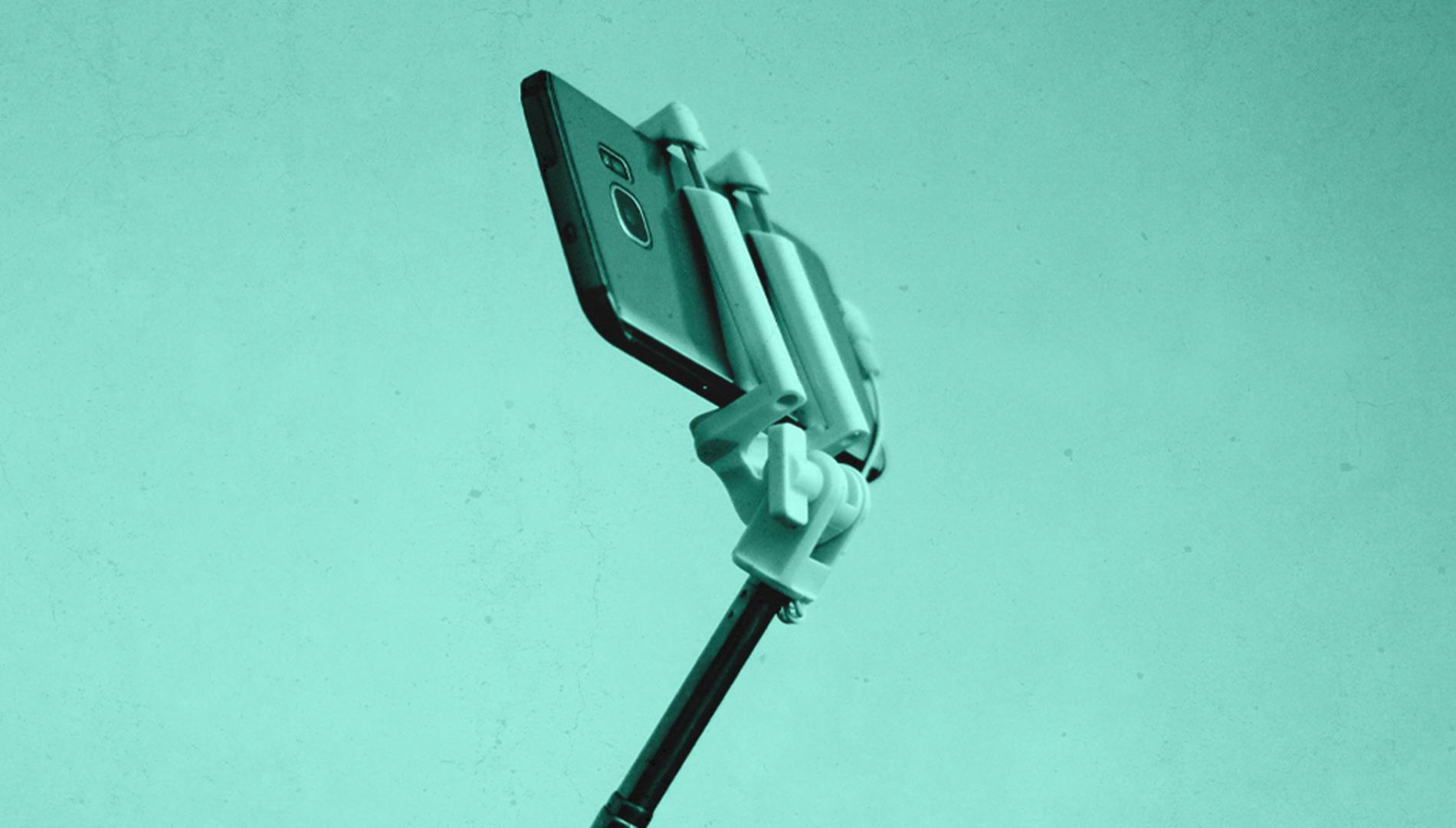Public relations industry makeover only paints part of the picture
This month, the organisation formerly known as the Public Relations Institute of Australia (PRIA) is being officially relaunched as Communication and Public Relations Australia (CPRA).
According to CPRA, the change recognises the dynamic media and communications landscape, and the need for a broader understanding of public relations in response.
Team VIVA! welcomes this week’s name change of # Relations Institute of Australia (PRIA) to #Communications & Public Relations Australia (CPRA). 🤗🤩🌟
— VIVA! Communications (@vivacomms) February 2, 2024
We are excited to bear #witness to this significant #communications #milestone. #publicrelations #comms #rebrand #PRIA #CPRA pic.twitter.com/OtTJmchr55
Its announcement notes PRIA’s proud 75-year history, pointing to its co-founding by Asher Joel in Sydney. Joel, who went on to become a state MP and was later knighted, remains a prominent figure in Australian public relations history.
Joel worked in General Douglas MacArthur’s wartime information unit, and is widely regarded as one of the heroes of modern public relations in Australia, as he set up a consultancy post-war and helped found the Sydney-based Australian Public Relations Institute in 1949/1950. He was later its third president.
This “history”, largely based on Joel’s own accounts of his achievements, obscures the fact that public relations was already well-established in Australia.
Prior to World War II, Britain’s Empire Marketing Board promoted Australian produce; Australian government campaigns promoted immigration and tourism; charities and volunteers engaged in significant public relations activity; and multinational corporations such as General Motors-Holden relied on extensive public relations activity to succeed in Australia.
It’s also worth noting that the Sydney institute was not the only one. Melbourne practitioners established the Public Relations Institute of Australia (Victoria) in 1952, and sought an alliance with the British Institute of Public Relations, rather than the NSW-based institute.
Other states established professional institutes over the next two decades, yet the prospect of a fully federated institute remained fraught with state-based institutes seeking to operate with some independence into the 21st century.
Professional histories are significant in terms of how they frame the contemporary occupation and practitioners. They create a narrative of evolution towards the modern profession, starting with the founding of a professional institute, and naming the achievements of mostly male “pioneers”.
Without diminishing Joel’s achievements, the pioneer or hero narrative plays into claims for professional recognition, promoting the occupation as socially relevant, ethical and beneficial, while developing ideas that can assist industry effectiveness and productivity.
Focusing on the founding of the professional institute and relying on retrospective (and often inaccurate) narratives from its members means we don’t fully understand the historical development of public relations or recognise the implications of the professional project.
One implication is the assumption that public relations evolved without reference to broader societal changes. For example, the increase in the number of women working in public relations in the 1970s and 1980s, in part the result of the expansion of Australia’s higher education sector and changing patterns around women and work, was perceived to threaten the professional status – and therefore salaries – of the public relations industry.
In response, PRIA raised the bar for senior membership levels, and promoted public relations as a strategic management discipline closely associated with government and corporate sectors.
The effect of this was to exclude much of the work performed by women, particularly work associated with publicity, marketing and event management, or in fashion, charity and entertainment sectors.
Read more: Wives, secretaries, bodies: How times have changed in the PR world
Whereas in the 1950s, women participated in state councils, by 1970-71, women were missing from the NSW, Victorian, South Australian and newly-established Western Australian state councils.
Take a bow Tasmania, which, under the leadership of Penny Cresswell, was dominated by female council members, with Cresswell serving as the sole woman on the national council.

My own research investigates women who worked in public relations in mid-century Australia. Some were even members of the early state-based institutes. Rather than claim these women were “great women”, my aim is to understand their everyday public relations work and how their contributions have effectively been written out of history.
The taint of being seen as women’s work still provokes anxiety. In its 2016 diversity and inclusion policy, PRIA wanted to attract more men into the industry.
Another implication of focusing on progress towards the modern profession is the willingness to ignore the negative societal impacts of public relations activity.
Yet public relations is employed by Big Tobacco to lobby against plain packaging, spin doctors use overt and covert tactics to shape the news, and miners and pastoralists campaigned to protect their interests in response to the Mabo and Wik decisions in 1992 and 1996.
Indeed, public relations has often served the powerful at the expense of more marginalised groups. But, it can also be harnessed to bring about progressive social change.
Dr Treena Clark, a Kokatha and Wirangu woman, argues that public relations can foreground First Nations perspectives and communicate resistance and self-determination.
Clark has researched Indigenous Australian public relations, investigating the campaigning of the Aborigines Progressive Association, which included a Day of Mourning on 26 January, 1938, to call for greater rights for First Nations peoples, and more recognition of the impacts of colonisation.
Ironically, Asher Joel, as a publicity officer in the NSW government, promoted Australia Day celebrations in NSW as early as 1937-38, and his association with it continued into the 1980s when his expert advice helped shape the bicentenary celebrations in 1988, illustrating how ideas regarding national identity are forged through public relations work.
Linking the historical development of public relations to the professional institute limits the kinds of histories that can be written. Importantly, these histories say more about contemporary practices and aspirations than the realities of the past.







